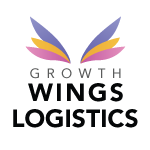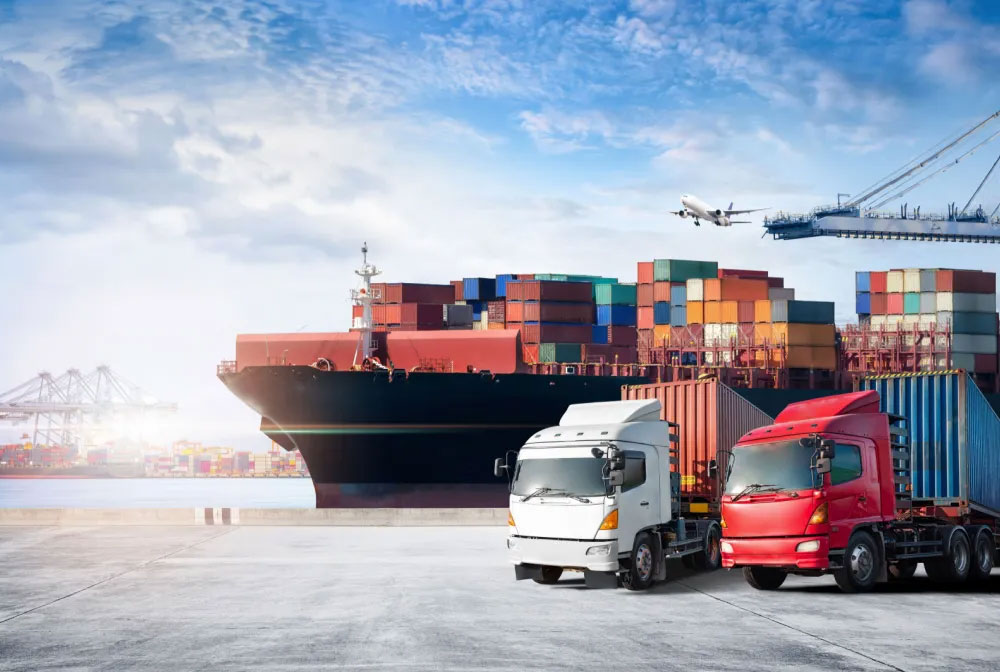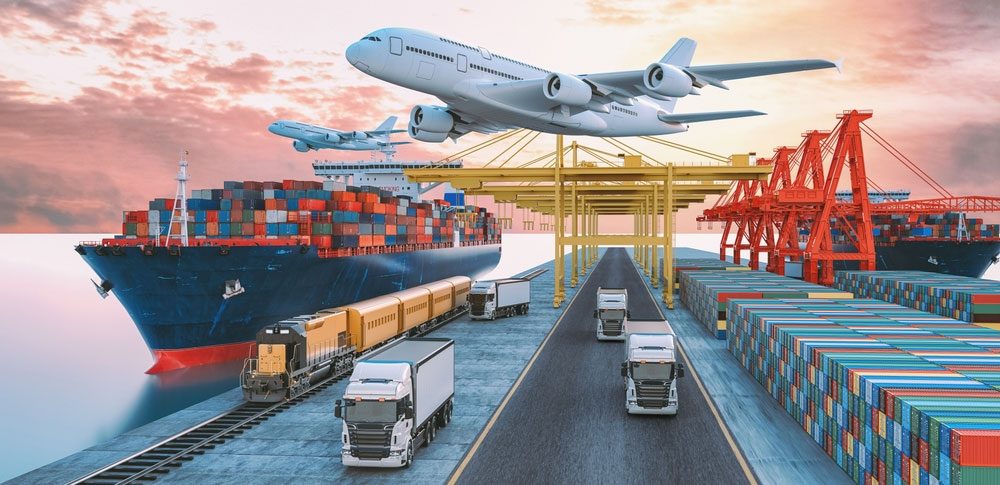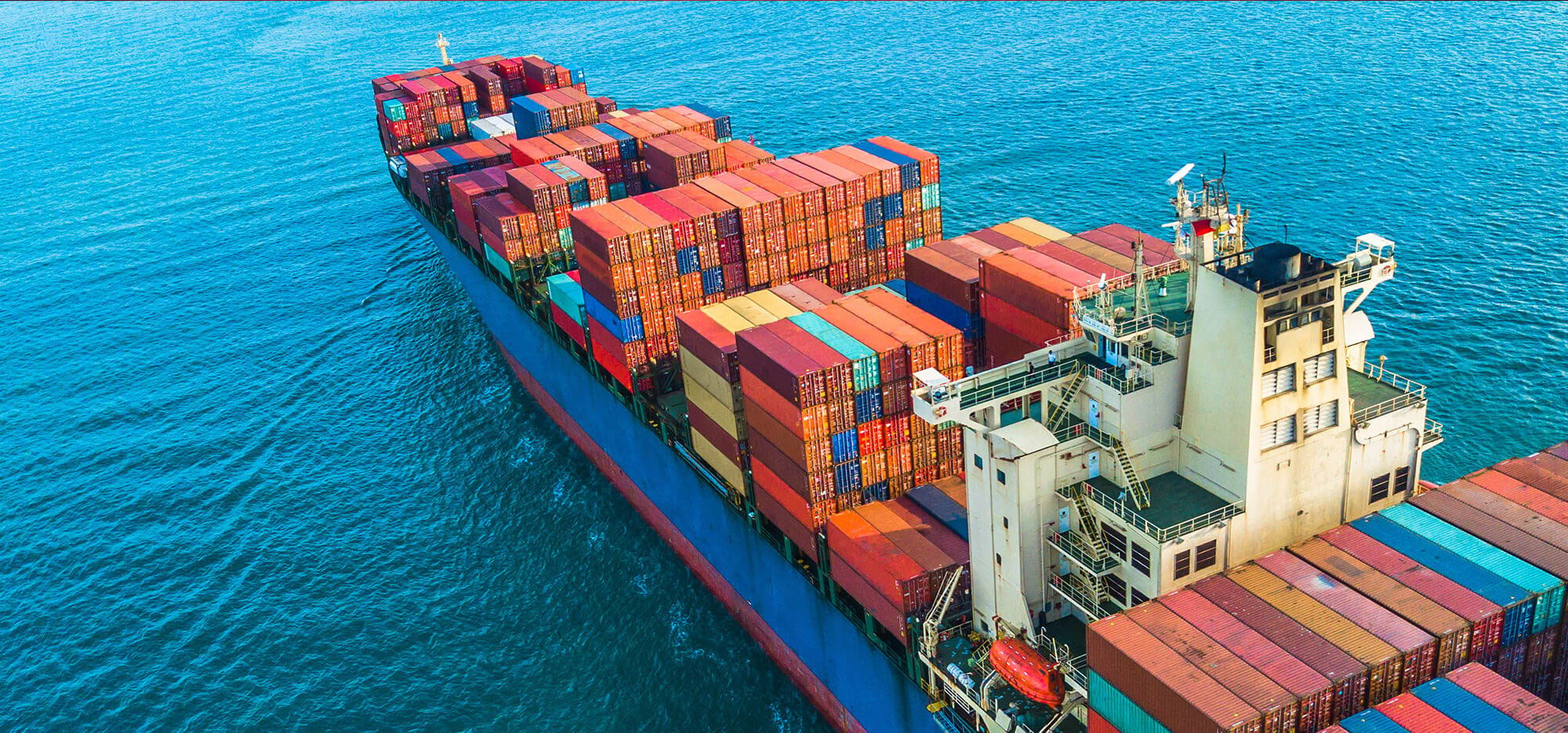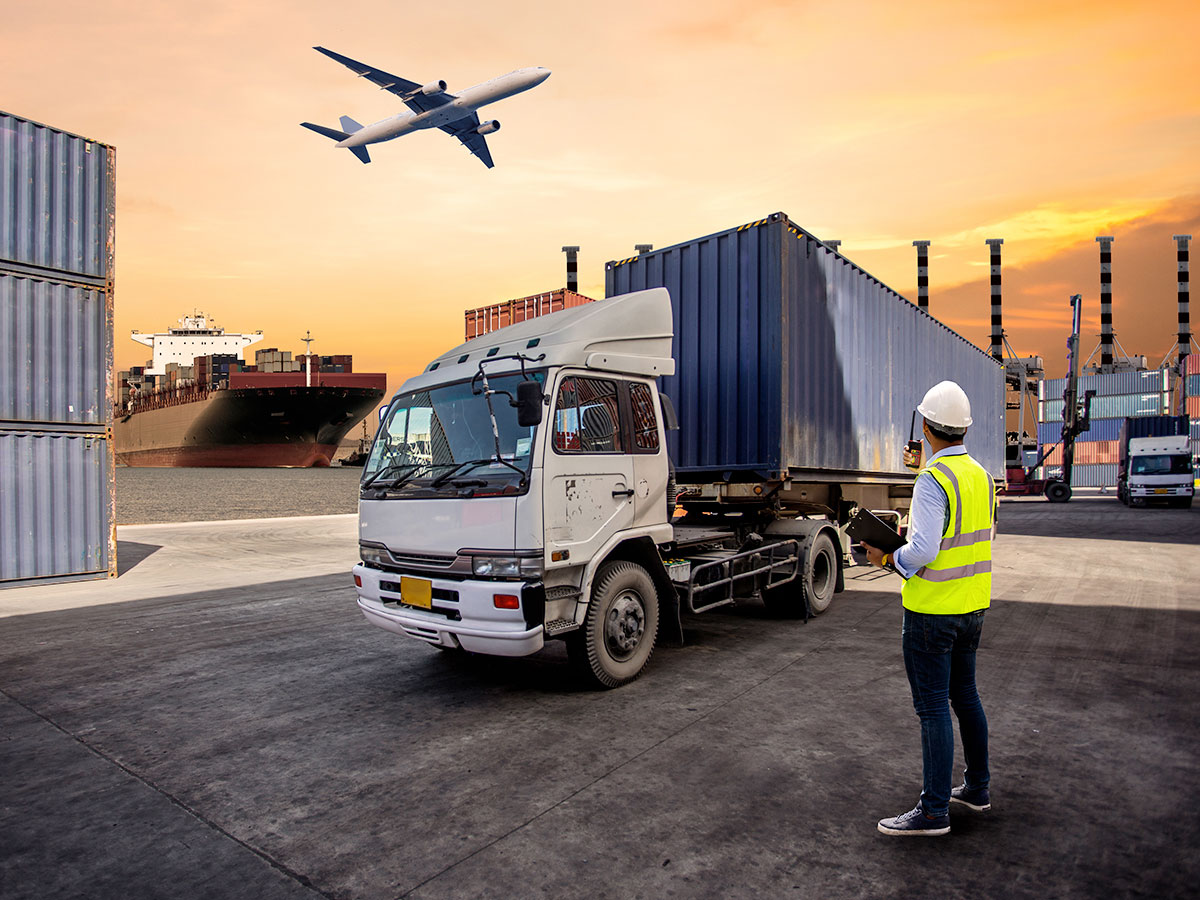Growth Wings Logistics and transportation servicesoffer crucial components of the supply chain and global trade, enabling the movement of goods from one location to another.
Logistics
Growth Wings Logistics helps in planning, execution, and management of the movement of goods, information, and resources from one point to another. It includes all the activities necessary to ensure the right products reach the right place, at the right time, in the right condition, and at the right cost. Logistics involves:
- Inventory Management : Keeping track of stock levels and making sure products are available when needed.
- Warehousing : Storing goods in strategic locations for easy access.
- Order Fulfillment : The process of receiving, processing, and delivering orders to customers.
- Packaging : Ensuring products are packed securely for safe transport.
- Distribution : Organizing the delivery of products to various locations.
